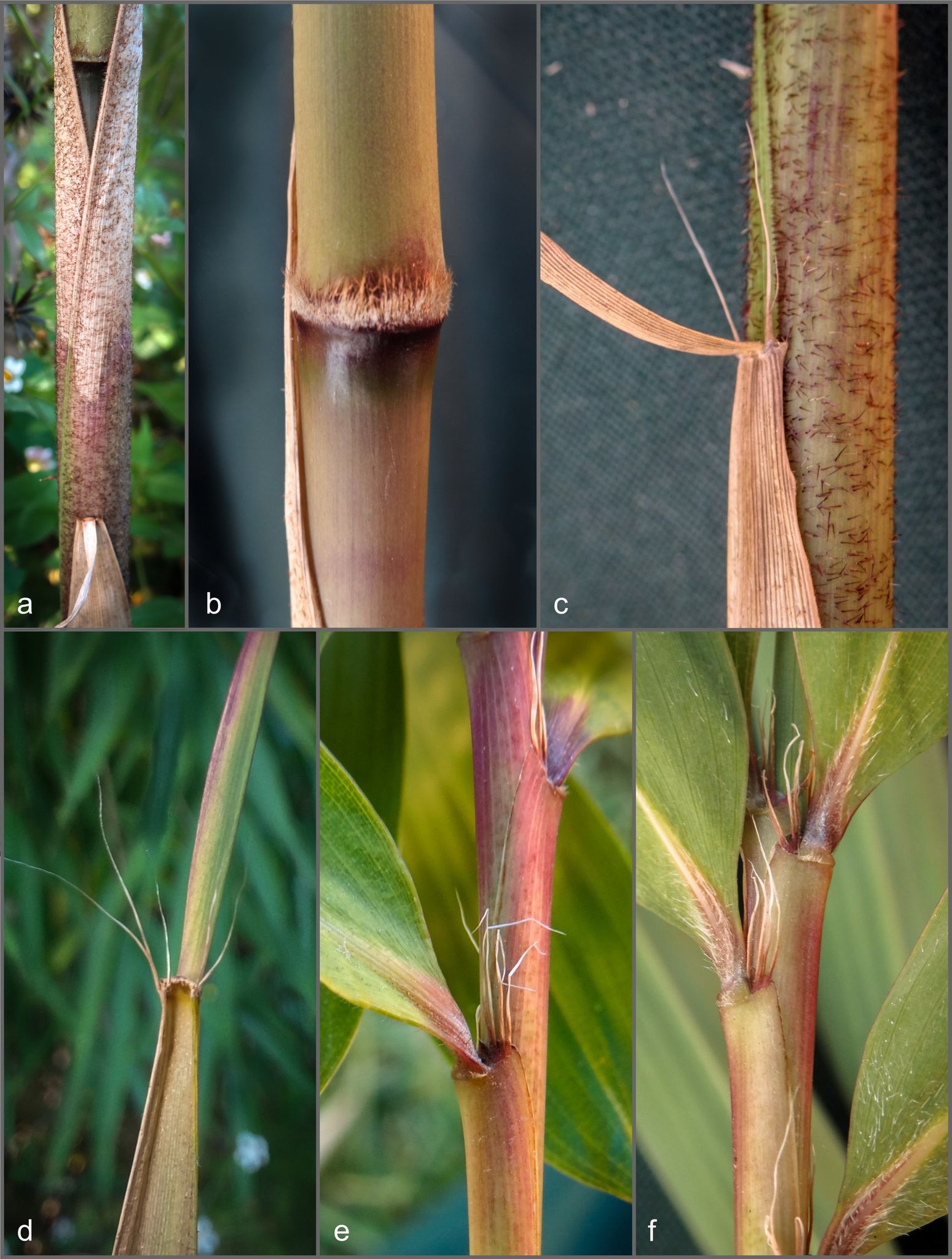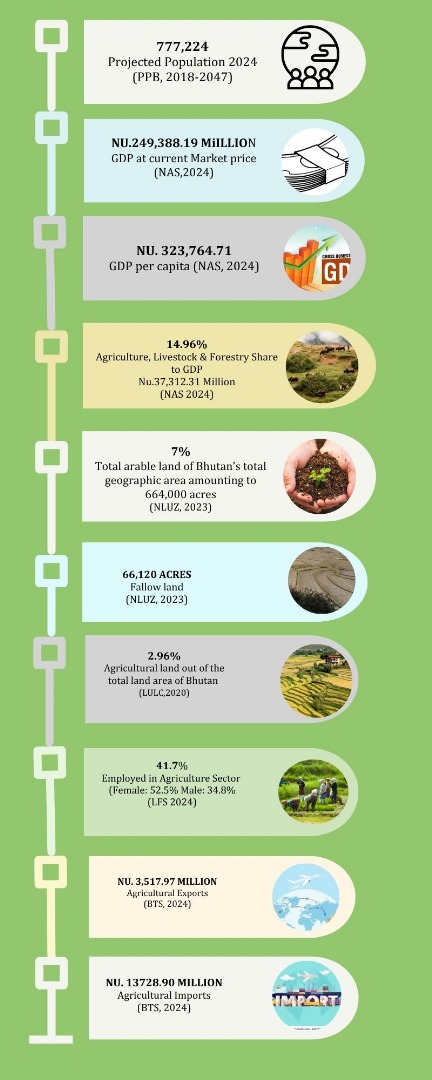June 13: A team of researchers, including bamboo expert Bamboo Sangay, conducted a study in Jalla Tangka Tsho, Wangdue Phodrang and recently confirmed the discovery of a bamboo species new to science named Yushania sagittifera.
The bamboo, commonly known as Damo Yangka-Dew or Dew Yangka, is highly valued for arrow making and holds cultural significance in Bhutan.
The research article was published in the Journal of American Bamboo Society June 2023 issue.
The herbarium specimens of the species are deposited at the National Herbarium and live plant is planted at the Royal Botanical Garden Serbithang under the National Biodiversity Centre
Along with this, two other 𝑌𝑢𝑠ℎ𝑎𝑛𝑖𝑎 species are renamed as 𝑌𝑢𝑠ℎ𝑎𝑛𝑖𝑎 𝑝𝑢𝑛𝑎𝑡𝑠𝑎𝑛𝑔𝑒𝑛𝑠𝑖𝑠 & 𝑌𝑢𝑠ℎ𝑎𝑛𝑖𝑎 𝑓𝑖𝑚𝑏𝑟𝑖𝑎𝑡𝑎. This brings the total number of Yushania species for Bhutan to seven.
The researchers believe that more bamboo species remain to be explored and studied in the country.
The study was supported by the National Biodiversity Centre and received assistance from various organizations and individuals.
Team consists from Department of Forests and Park Services, NBC, Royal Botanic Garden Edinburgh and Kew.
Article link: bit.ly/3oZiRAS
![]()




